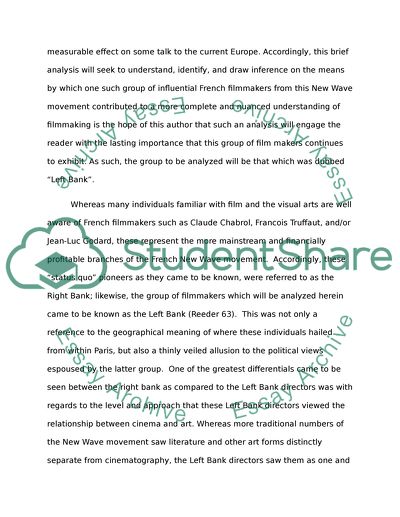Cite this document
(“Left Bank Group Analysis Research Paper Example | Topics and Well Written Essays - 1250 words”, n.d.)
Retrieved from https://studentshare.org/visual-arts-film-studies/1474440-left-bank-group-analysis
Retrieved from https://studentshare.org/visual-arts-film-studies/1474440-left-bank-group-analysis
(Left Bank Group Analysis Research Paper Example | Topics and Well Written Essays - 1250 Words)
https://studentshare.org/visual-arts-film-studies/1474440-left-bank-group-analysis.
https://studentshare.org/visual-arts-film-studies/1474440-left-bank-group-analysis.
“Left Bank Group Analysis Research Paper Example | Topics and Well Written Essays - 1250 Words”, n.d. https://studentshare.org/visual-arts-film-studies/1474440-left-bank-group-analysis.


